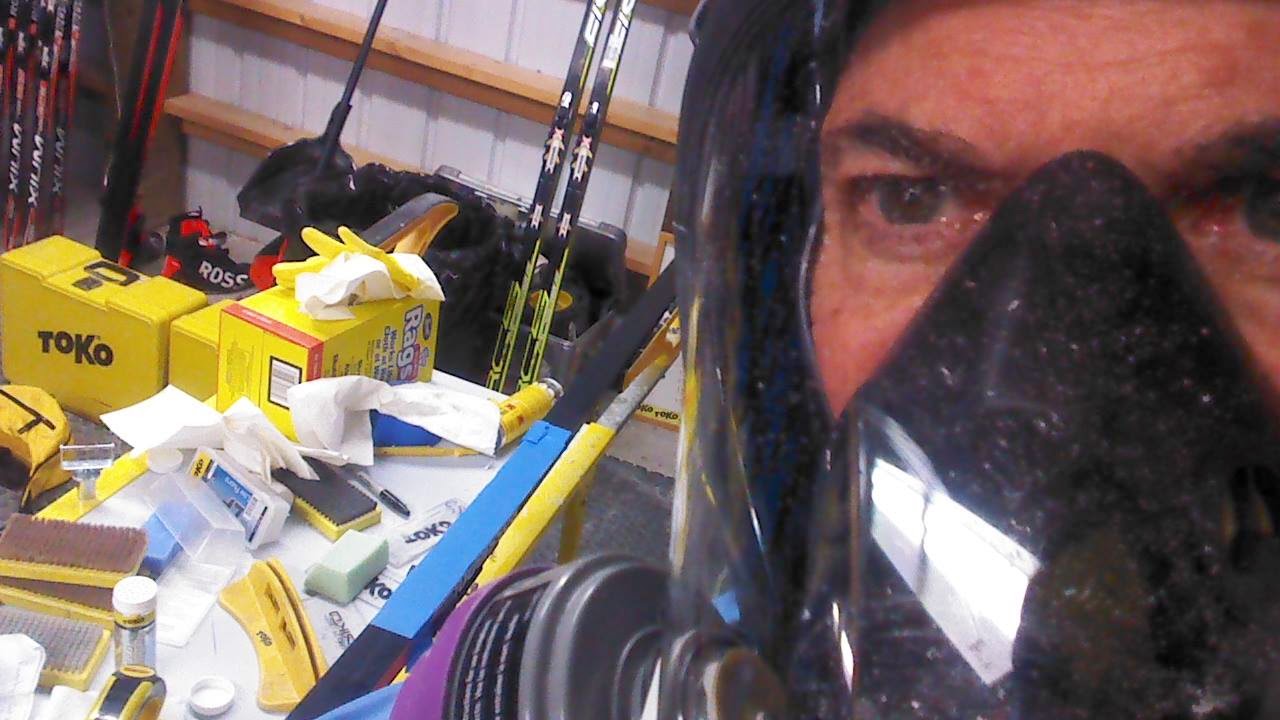Here are some thoughts about the week:
Volunteers
Folks in the Midwest have a reputation for being polite, kind, enthusiastic, and hard-working. The volunteers at these races demonstrated these qualities to the highest degree as they stood outside in the freezing cold with only smiles and never complaints. They optimized the available facilities and put on the best possible event given the venue that they had to work with.
CSU Athletes
We bring two categories of athletes to Senior Nationals. First, we have athletes who have legitimate shots to make a trip or auto-qualify for Junior Nationals. Julia Kern, Leah Brams, and Gavin McEwen were in this group and all skied well. Julia made the World Juniors team and Leah made the U18 team. Congratulations! Second, we bring skiers who are working as hard as those who make the New England team to Junior Nationals, but for whom in past years there was not enough room on the team. (Really, the divisional quota system is so wrong. We should use USSA points for qualifying to make it fair across the country. That's an issue for a different post). For these athletes the Championships are a chance to experience a week of high level racing against the best of their peers and get some valuable race experience in this year's quest for the team. Allie Skahen, Meg Yoder, Hadley Moreau, and Lewis Nottonson were our racers in this category. All them brought great attitudes and skied above their seeds in their races.
Julia Kern ready for World Juniors
Leah Brams (right) and Hannah Halvorsen proudly wearing their USST uniforms
CSU Staff
Huge thanks to Doro and Gunther Kern for organizing and leading this trip. They booked lodging, rented cars, organized flights, bought food, cooked food, waxed skis, coached athletes, and generally did it all. Dave Brams and Kathy Maddock spent many hours coaching and waxing while also contributing to shopping and cooking. They were essential to making the trip a success. We were all stretched to our limits by the weather and the venue and everyone kept up good spirits and kept working hard.
Weather
The weather was a serious challenge. With cold wind sweeping over Lake Superior we had blowing snow with a high moisture content at zero degrees Fahrenheit. I've never seen snow that was both dry and squeaky but also packed down into a glaze. While the weather was hard to take, I accept that this is ski racing and dealing with extreme weather is part of the sport.
The Venue
Now that I have praised the volunteers and accepted the weather, I have to complain about the venue. To have no warm indoor facility for the athletes, especially in such extreme weather, does not seem acceptable at such a major event. Beyond being annoying, it really is a safety issue. Yes, there was a warm building that you could drive to. But, for most athletes, the only way to stay warm was to sit in a car with the engine running. Athletes who made the heats in the sprint had to sit in the car as there was not time to drive back to our house between prelim and heats. Next year the organizers need to set up a heated tent.
The Courses
The winning time in the women's classic sprint was over five minutes. And with a long uphill to the finish, the skiers crossing the line had the look of mid-pack marathon racers. The 10K loop had a long, straight downhill with a hairpin turn at the bottom. This year we had slow classic conditions that made the sprint boring and yet made the hairpin dangerous. Next year the mass start girls 5K and the boys 10K will be skate. What if conditions are fast? Will they go flying into the woods? I am not a fan of the courses.
Waxing
The wax building had good lights and good power supply plus storage shelves and ski racks. But, only enough heat to get the inside temperature to something warmer than outside, but still cold enough that you could see your breath and snow didn't melt on the hallway floor. Brrr. A week of waxing in a puffy coat makes the hard work of waxing extra tiring.
Dave and Kathy put in long hours waxing and testing
LodgingFrom our experience and what others said, it is difficult to find good, nearby, and affordable lodging in the area. Some stayed far away, and others stayed in strange places like frat houses with light-up dance floors. We found a good house four miles away and by the sound of it had better lodgings than most. But, lodging is definitely a problem for this venue.
Our cabin included a complete menagerie of local fauna (stuffed)
I love taking a group of enthusiastic young athletes to Senior Nationals and seeing them rise to the challenge and perform at their very best. I understand that cross-country skiing is a minor sport. Things are run on a shoestring budget. It is very hard to get sponsorship money. But, I really feel that we have to do a better job at running our highest level domestic event. We need a heated indoor space for athletes and waxers. We need safe courses. We need good lodging. Maybe next year?
"Cooking" some fast skis in the wax room










